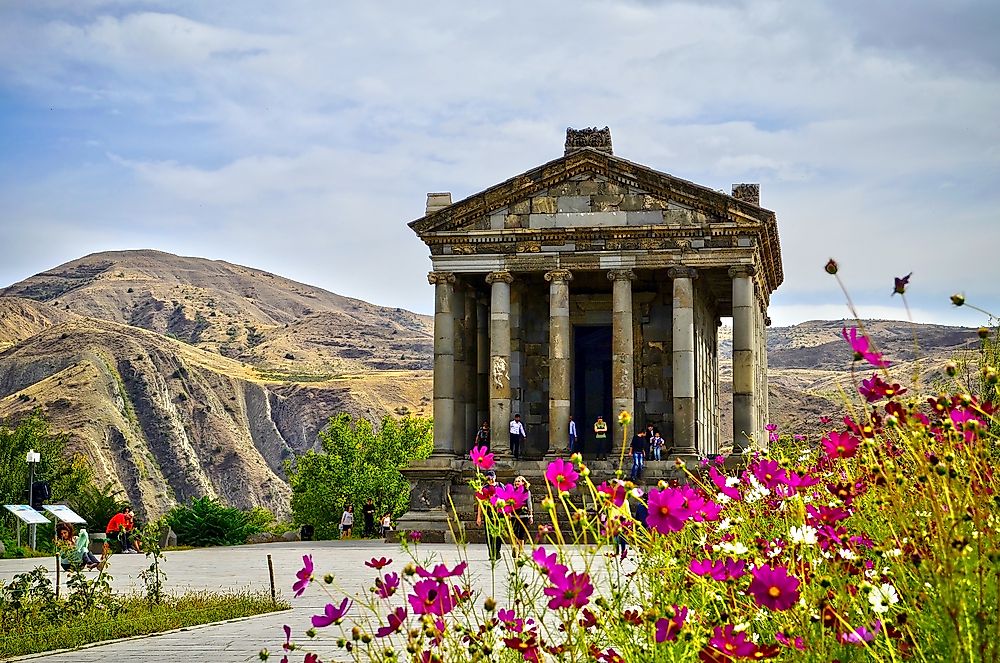How Did Armenia Get Its Name?

Armenia is a landlocked country found at the intersection of East Europe and West Asia. The country is located south of Caucasus in Eurasia, and it was one of the Republics in the Soviet Union. The modern state of Armenia achieved its sovereignty in 1991 after the fall of the Soviet Union. The Armenian Apostolic church is currently holding the record as the oldest national Church in the whole world, and it is recognized as the primary religious organization in the country. The name Armenia is believed to have entered the English language through Latin from ancient Greece. The origin of the name is unknown, and there are several speculative explanations of the origin of the name Armenia.
History Of The Name
Records of the name Armenia can be traced back to the 6th century BC. It is believed that Darius I the Great of Persia mentioned Urashtu in Babylonian and it is believed to be Armenia in the Old Persian language, which has been found in the behistun inscription writings. Darius also mentioned about Armenia, which is believed to be in Elamite language. In the Greek language, Armenia is found in almost the same time and probably even much earlier because of references attributed to Hecataeus of Miletus in 476 BC. Xenophon, who was a Greek mercenary, historian, and a soldier served as a general in one of the Persian expeditions, described several aspects of the Armenian villages and hospitality in about 400 BC. Similarly, Herodotus in about 440 BC mentions of Armenians being equipped like the Phrygians.
Middle Ages History
The original name of Armenia was Hayk, which is no longer in use. However, in the Middle Ages, the name changed to Hayastan after adding the Persian suffix “-stan,” which means a place. According to Moses of Chorene, who was a classical historian Armenian, the name Armenia is derived from Hayk who is an Armenian’s renowned Patriarch and is believed to be a descendant of Noah of the Bible. Hayk in 2492 BC conquered and defeated the Babylonian King, Belan and founded his state in the Ararat area. The name Arman or Armen is a common given masculine name by the Armenians, while Armine is also a feminine common name in the country.
Bronze Age History
According to some scholars, the name Armenia can be traced back to the early Bronze Age and is believed to be linked to the kingdom of Armi of the late Bronze Age and the kingdom of Arme. However, the connection to these Kingdoms is not conclusive because it has not been clear which languages were spoken in these Kingdoms at the time. Besides, it is generally agreed that Arme was located to the west of Lake Van, which covered much of the present-day area of Armenia. However, the location of the older Armani is a contentious issue, with some researchers placing it on the same area as Arme near present-day Samsat. It is also believed that the region was occupied by the Indo-European speaking people. According to other scholars, they have indicated that the land of Ermenen, which was mentioned by the Egyptian Pharaoh, Thutmose III in about 1446 BC was Armenia.
Mount Ararat
Although Mount Ararat is presently found in Turkey, in the past, it was part of Armenia, and it is the point with the highest elevation in the region. The great Mount Ararat has a height of 16,854 feet above sea level, and the Armenians consider it as a symbol of their land. It is part of the country’s national emblem.











